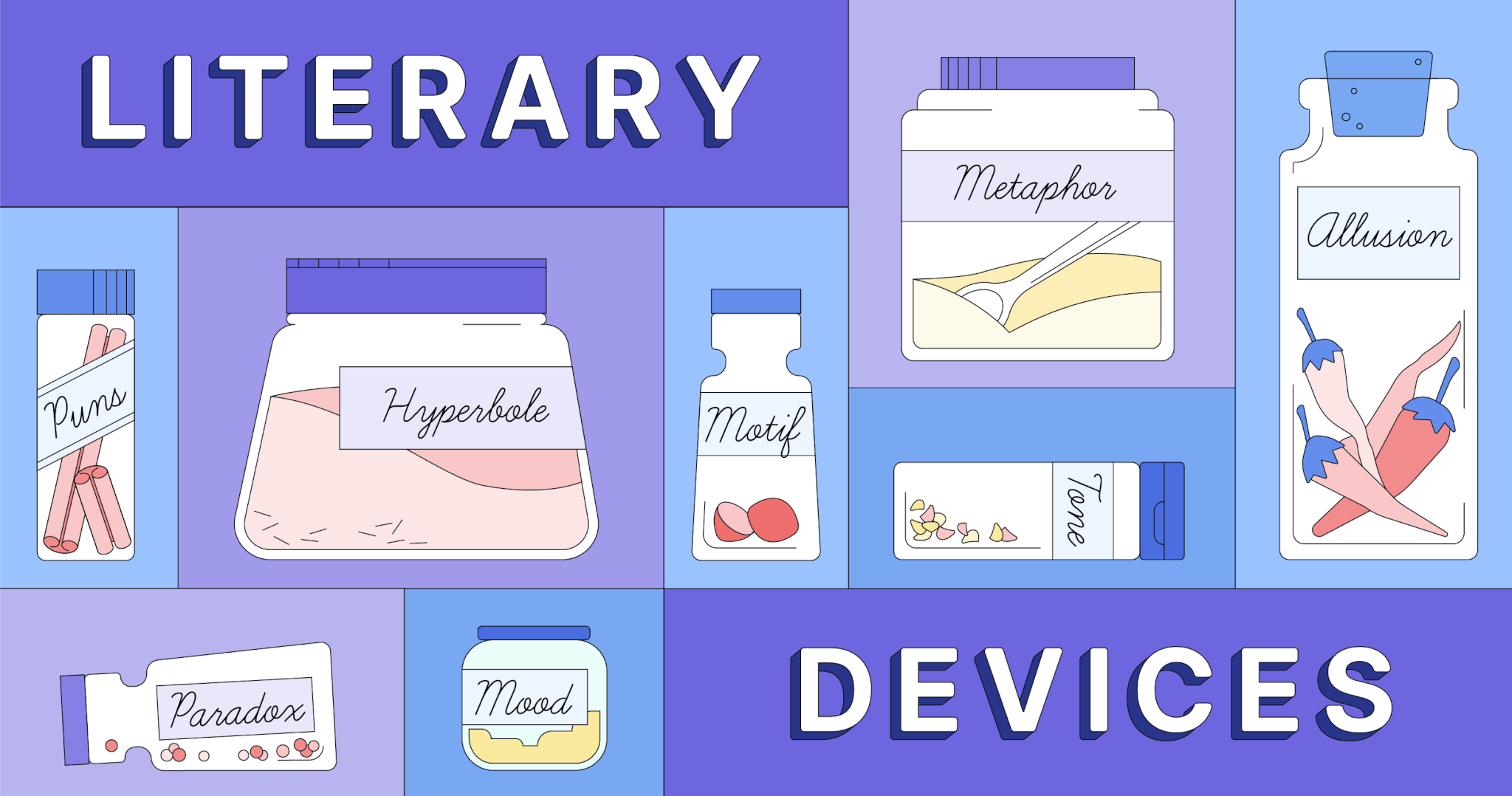
In the world of literature, the effective use of literary devices can elevate a piece of writing from ordinary to extraordinary.
Literary devices are techniques and tools that writers employ to enhance their work, engage readers, and convey deeper meanings.

These devices, such as allegory and alliteration, have been used by renowned authors throughout history to captivate audiences and leave a lasting impact.
This article will explore two essential literary devices, allegory and alliteration, and provide insights on how to master their use in your writing.
Allegory: Unveiling Hidden Meanings
An allegory is a literary device that uses symbols, characters, and events to represent abstract ideas or concepts. It involves a deeper layer of meaning beyond the surface narrative, allowing readers to explore complex themes and issues.
One classic example of allegory is George Orwell's "Animal Farm," where farm animals symbolize different political ideologies and social structures. By employing allegory, Orwell effectively critiques totalitarianism and reflects on the corruption of power.
In your writing, allegory can add depth and richness to your storytelling. It allows you to convey complex ideas and emotions in a metaphorical manner, engaging readers on multiple levels.
To create an allegory, carefully select symbols and characters that represent the themes or concepts you want to explore. Ensure that the surface narrative and the hidden meanings align seamlessly, creating a cohesive and thought-provoking piece of work.
Alliteration: The Power of Repetition